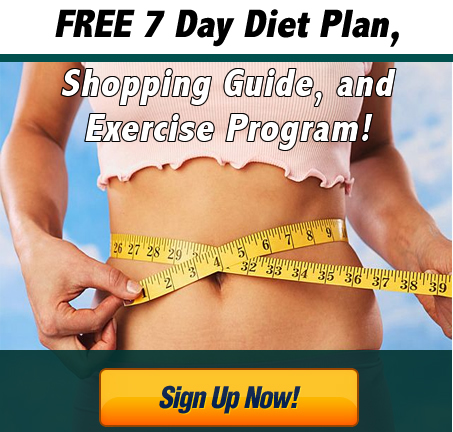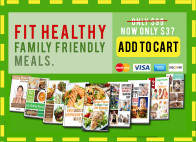Why grass-fed beef is much healthier for us than the feedlot beef.
Much of the supermarket cattle are fed a diet of grain and or green wheat. Once they reach a certain weight, about 650 lbs, they are then transferred to a feedlot. This is a list of what cattle are fed at this time in a feedlot, sugar beet waste, hay, sorghum, corn, molasses, cottonseed meal and soybean meal and oats.
Nutritional Benefits of Grass-fed Beef
This diet is what makes the fat or marbling that people want in their beef. But this diet fed to cattle for these 4 months before going to the slaughterhouse isn’t very good for humans to eat. What this does to the beef is lower its omega-3 fatty acids and significantly raise the omega-6 fatty acids. And Americans get far too much omega-6 in their diets and too little of the omega-3. This also raises the saturated fat level in this beef as well, and saturated fat is one of the bad fats, the kind that clogs the arteries.
Cattle that eat a grass-fed diet have a much higher omega-3 level and a lower omega-6 level, making it much healthier for us to eat. Omega fatty acids are important to our health in the right ratio, eating more omega-3 than omega-6 is important. This is called the omega-6 to omega-3 ratio, the lower the ratio of a food, the healthier it is.
Grass-fed beef has an omega-6 to omega-3 ratio of 2.7: 1
Conventional grain fed beef has an omega-6 to omega-3 ratio of 17:1
The grass-fed cattle are also higher in vitamin E, vitamin C and beta-carotene. Eating meat from animals that were raised eating a grass-fed diet is much healthier for us to eat.
Grass-fed Beef versus Conventional Beef
There are also differences in advertising beef, some can say grass-fed beef, but for how long was the cattle fed grass. Sometimes the cattle are fed grass until it comes time to what is called “finishing” and at that time the cattle could be fed other foods. For totally grass-fed beef, look for a label that says 100% grass-fed.
Why aren’t all cows fed only grass, for one thing it takes longer to get the cattle big enough for the market, so to shorten this time period, cattle producers use the above list of foods to fatten their cows and also use many other not so good things, such as growth hormones, antibiotics and protein supplements. And it is cheaper to feed the cattle cheaper products than a diet of only prairie grass.
Feedlot food is just not normal for a cow to eat, as grass is. And this abnormal and very unhealthy diet for a cow makes them sick and sicker. To keep the cattle from getting too sick and dying, antibiotics are put into their feedlot food as well. Since we are what we eat, we are also what the animals ate. And one of the worst health problems today is the overuse of antibiotics and super bugs. Using so many antibiotics in animals that we eat is a major cause of this problem.
Grass-fed Beef Conclusion
There is no question though that 100% grass-fed beef is healthier for us to eat, lower in saturated fat, higher in omega-3, higher in beta-carotene and vitamins E and C.
When a package says grass-fed beef, that doesn’t have to mean it is organic since the grass could have been treated with fertilizers, herbicides and pesticides. Some labels might just say antibiotic and hormone free and others will say organic beef. This is why Americans have been pushing for years for better labeled and more honestly labeled food and the USDA is finally doing that











